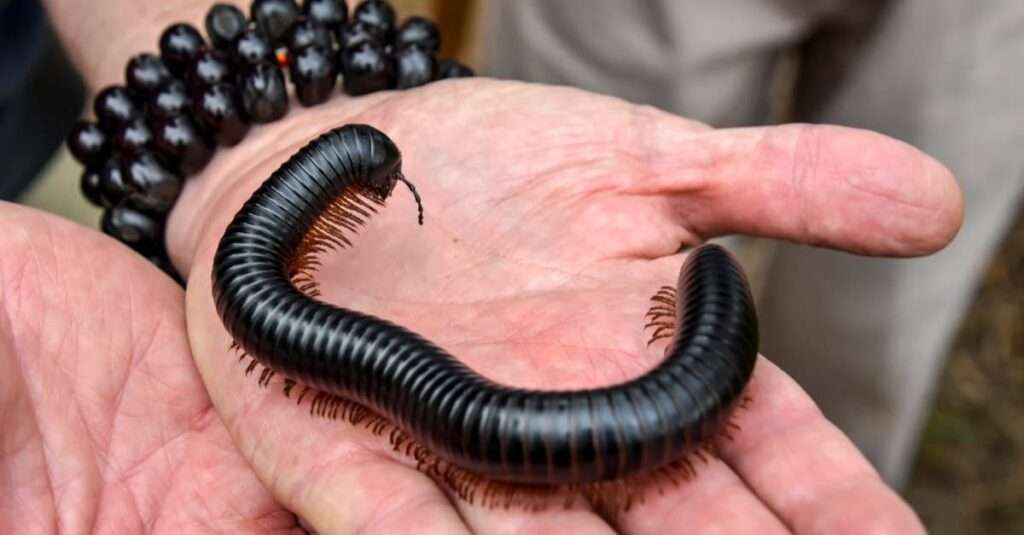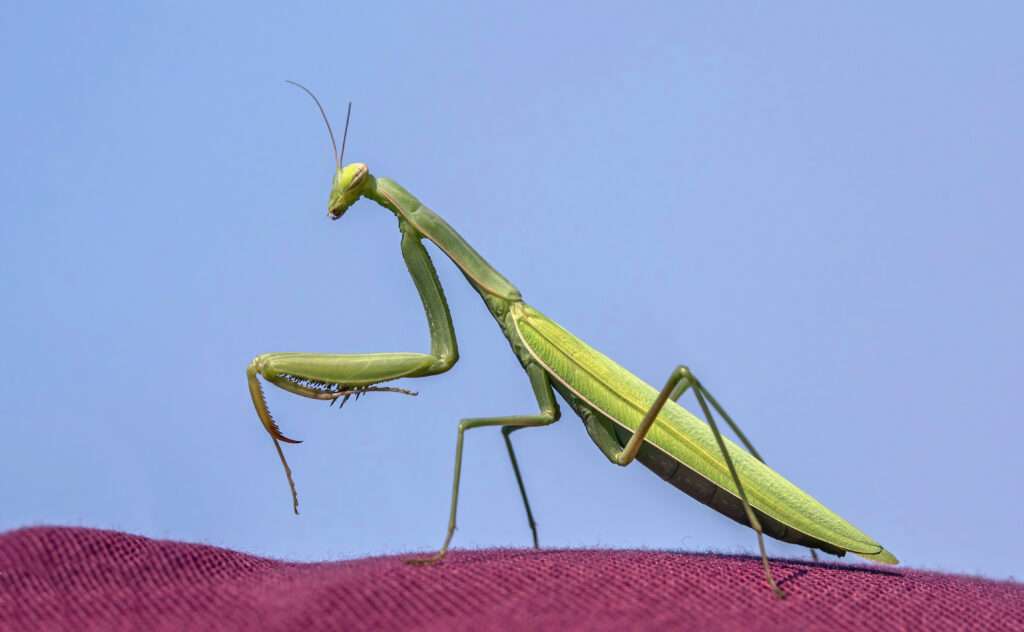
The insect phylum Dermaptera is composed of earwigs. They are one of the smaller insect orders, consisting of roughly 2,000 species in 12 families. They have distinctive cerci, a pair of forcep-like pincers on their abdomen, and membranous wings folded beneath short, rarely used as forewings. Some species lack the characteristic pincers and are tiny mammalian parasites. Except for Antarctica, all continents are home to earwigs.
Earwigs are primarily nocturnal creatures that spend the day hiding in small, wet nooks before emerging at night to feast on a variety of insects and plants. Earwigs, notably the common earwig Forficula auricularia, are frequently held responsible for harm to foliage, flowers, and numerous crops.
Distribution and Habitat
The Americas and Eurasia are home to a large population of earwigs. The common earwig was brought to North America from Europe in 1907, however it tends to be more widespread in the south and southwest. The spine-tailed earwig (Doru aculeatum), which can be found as far north as Canada and hides in the leaf axils of emerging plants in southern Ontario wetlands, is the only native species of earwig to be found in the north of the United States.
Morphology
The majority of earwigs have flattened bodies that are typically 7 to 50 millimeters (1/4 to 2 in) length, allowing them to squeeze into small spaces like beneath bark. The cerci, or the pair of forceps-like pincers on an earwig’s abdomen, are what give them their distinctive appearance. Male earwigs typically have more curved pincers than females. To catch prey, defend themselves, and tuck their wings beneath the short tegmina, they use these pincers. There are at least 10 segments in the thread-like antennae. Instead of being utilized for flight, the forewings are oblong leathery plates and short that cover the hindwings like the elytra of a beetle.

Diet
Earwigs consume a wide range of substances, such as decomposing organic matter, other insects, and plants like ornamental, vegetable, and flower plants. The earwig is an unintentional intruder that is a home pest, much like boxelder bugs, crickets, and lady beetles.
Life Cycle
Males and females of earwig species typically spend the winter together in specially designed nests after mating in the fall. The ladies drive the males away in the early spring before laying eggs.
- Unusual for insects, female earwigs have a strong parental instinct.
- They watch after, safeguard their eggs, and newly fledged offspring.
- In approximately a week, the eggs hatch.
- Between late May and early June, earwig nymphs emerge from their nests.
- In late June or early July, they reach adulthood and become active through the fall.
Species Number
This order has roughly 1,800 species. Although earwigs can be found everywhere, the tropics and subtropics are home to the majority of species. In North America, there are about 20 different species.
Table





